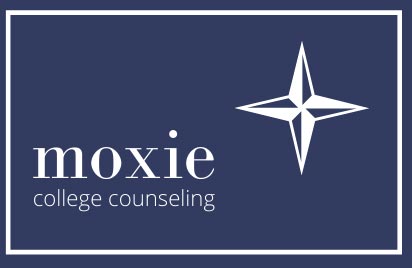The price tag for a college education can be very high —especially when personal funds are limited. For more than 17 million students, the Free Application for Federal Student Aid (FAFSA) opens the door to government dollars and helps cover that cost. This includes federal programs like grants, work-study funds, loans, and scholarships. But this year’s FAFSA has been riddled with numerous bugs, technical glitches, and delays—something the new form was supposed to alleviate.
Revamped FAFSA Form
In the past, completing the FAFSA form each year (and it is required each year that financial help is needed) could be a cumbersome, time-intensive task, as it was quite complicated and asked for detailed information. The revamped form now contains far fewer questions, a direct data exchange with the IRS, and a new formula that impacts student’s financial aid packages. It also allows for information to be sent to up to 20 schools (twice the previous number) and is available in more languages. These changes were highly promoted by the U.S. Department of Education, and greatly anticipated for students and colleges. Instead, delays are putting a strain on both.
FAFSA Delay
The initial delay started with the rollout date. The 2024-25 FAFSA was supposed to be available in October of 2023. However, it was not ready until December—which started a domino effect of delays. A second major delay occurred in February after the Department of Education had to update student aid index tables to account for inflation, which was supposed to be included in the new form updates. As a result, colleges didn’t start receiving students’ financial information until March—two months after they were supposed to.
Then, on March 22, the department announced a miscalculation in the student aid index—which replaced the expected family contribution—for dependent students who reported assets. Therefore, forms delivered to schools before that date that contained that information need to be reprocessed. While the department has started sending corrected versions to colleges, some could take weeks. These and other technical glitches that prohibited some students from accessing and completing the FAFSA initially have thrown a wrench into what was already a stress-filled process for many.
Effect on Families and Colleges
All these delays have put an enormous strain on families and colleges. Traditional schools start preparing and sending out their aid offers as early as November, and usually by January. This was impossible with the initial rollout delay, as families were unable to fill out the form in time. Then came the additional delays. Colleges are now scrambling within a much tighter deadline to process financial aid offers.
With this in mind, many are considering changing their College Decision Day (the deadline for committing to a college), which is typically May 1. Extensions of 2-4 weeks have already been announced by some schools. (The deadlines for students to apply to a college have not changed.) While this will alleviate some pressure, many students will not be able to commit to a college until the last minute, as they need to know what kind of financial assistance they will receive first. This leaves little time to decide where they will be studying for the next few years.
Effect on High School Seniors
Nearly 1.5 million high school seniors had submitted a FAFSA form by late March. That’s over a 27% decline compared to the same time last year. In addition, FAFSA completions—those that have been processed by the U.S. Department of Education— were down by an astounding 40% for high school seniors as of March 29. This includes applications that have errors and need to be reprocessed. Education officials are concerned that a release marked by numerous problems may result in fewer students opting for higher education, which would set the stage for a catastrophic drop in admissions this fall.
So what is being done to fix these problems? Due to the delays, most institutions are in a position where giving financial aid offers out to students will take place throughout April and beyond, which is why commitment date extensions could be very important for many. As far as “catching up” goes, the Department of Education has made numerous corrections that are expected to smooth out the process moving forward. Applications that needed to be reprocessed are being resubmitted, and major glitches have been resolved. Still, with the delays incurred, students are advised to stay in close contact with financial aid offices at the schools of their choice, checking in for updates about financial aid eligibility and enrollment decisions.
It’s Not Too Late
Note: For those who have yet to fill out a FAFSA, it is not too late. However, it is recommended that it be done as soon as possible. The FAFSA deadline is June 30, 2024, but the deadline for committing to most schools is more than a month prior to that. Students who delay completion of the FAFSA may not be in a position to accept a school offer until they know what kind of financial assistance they’ll be getting.
At Moxie College Counseling, we are here to help families navigate the ins and outs of college admission. If you have questions or want to learn more about the services we offer, please feel free to contact us.





